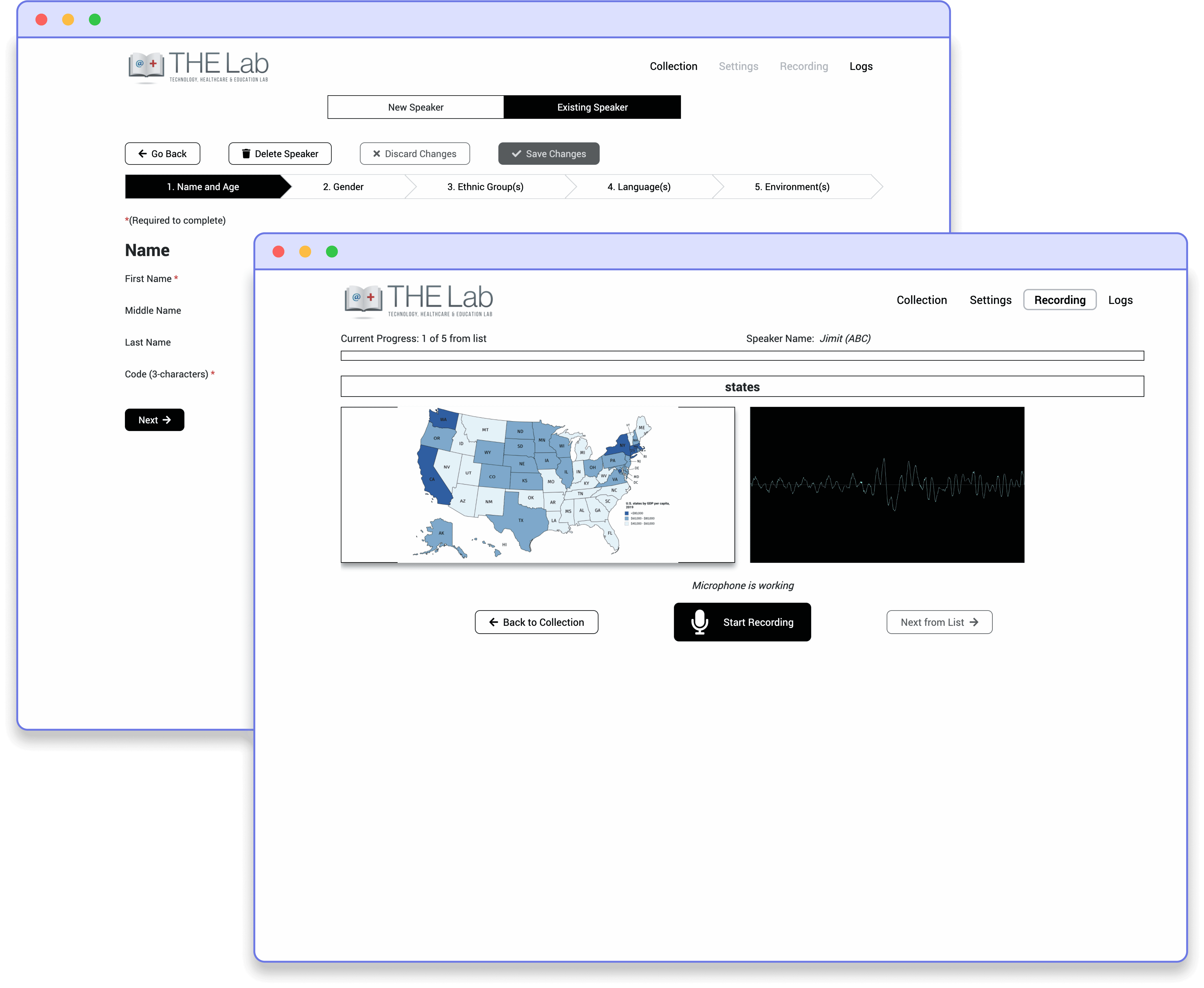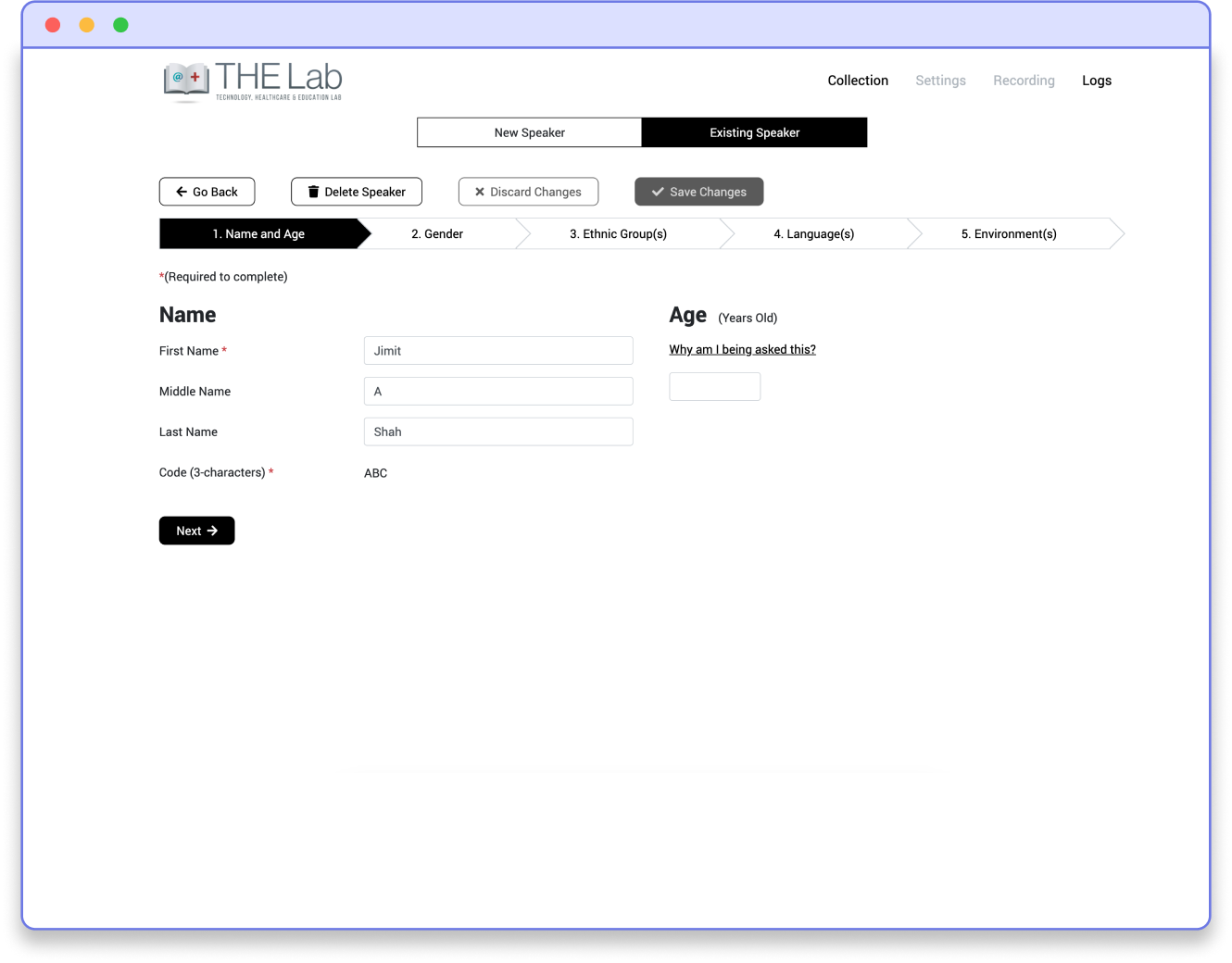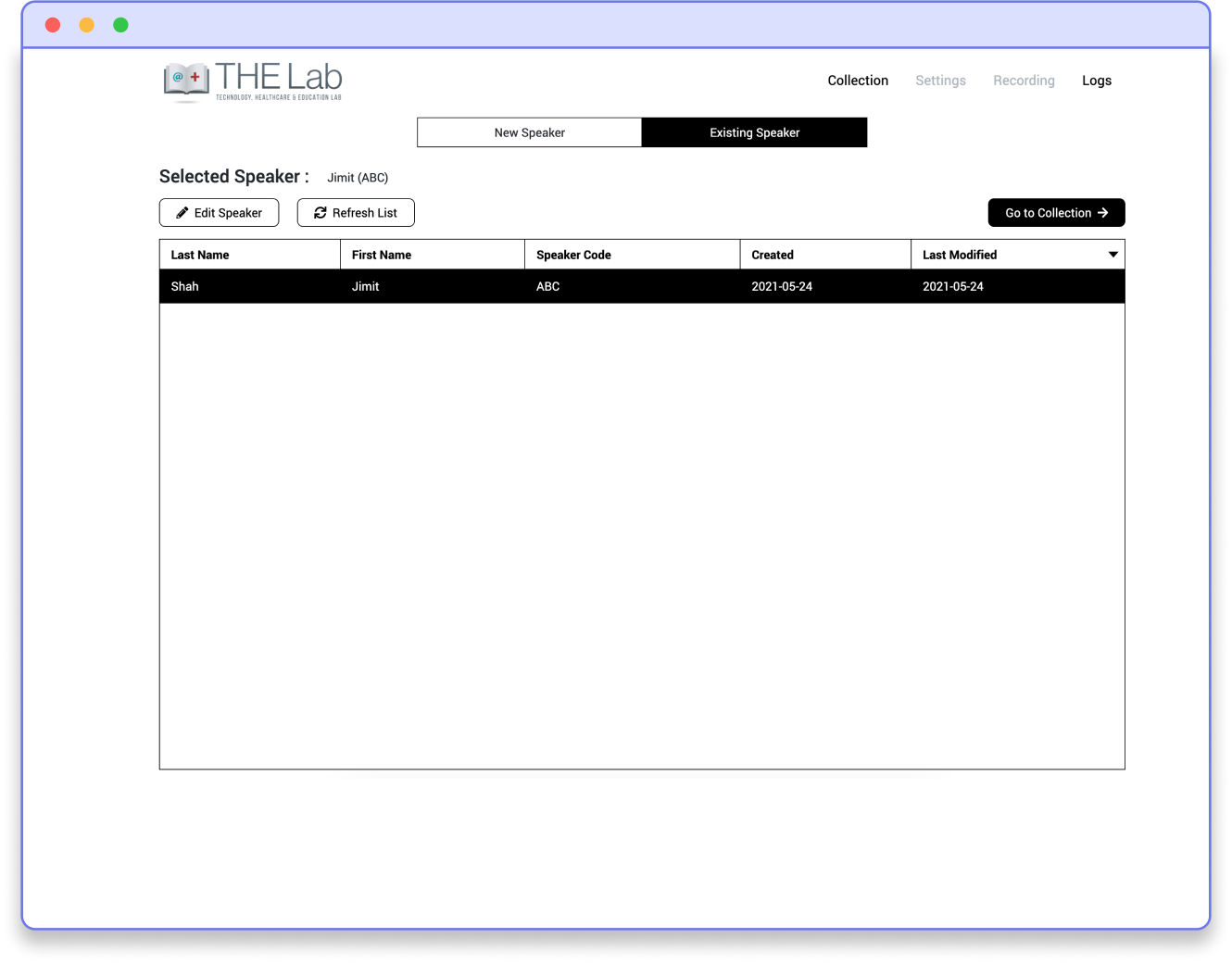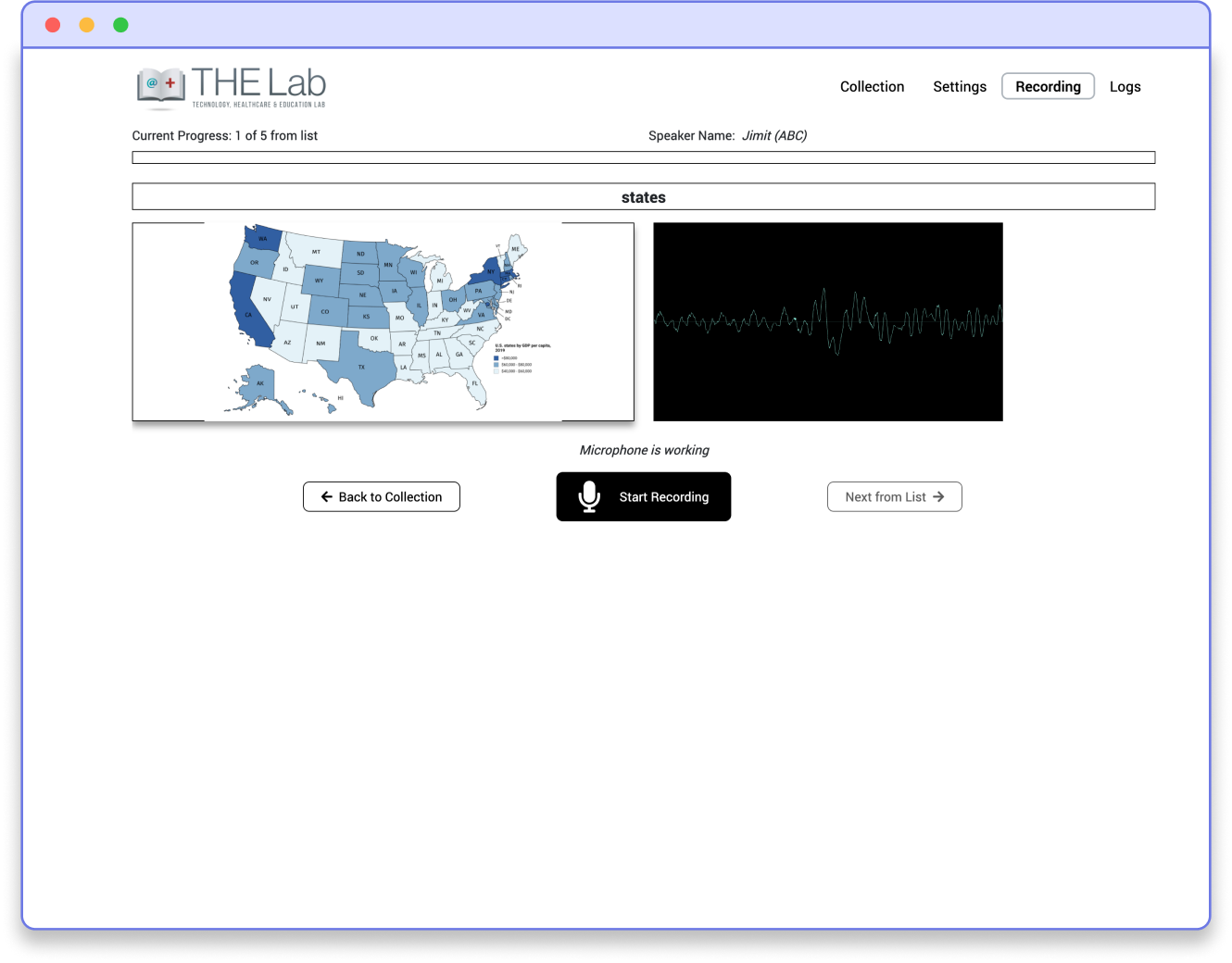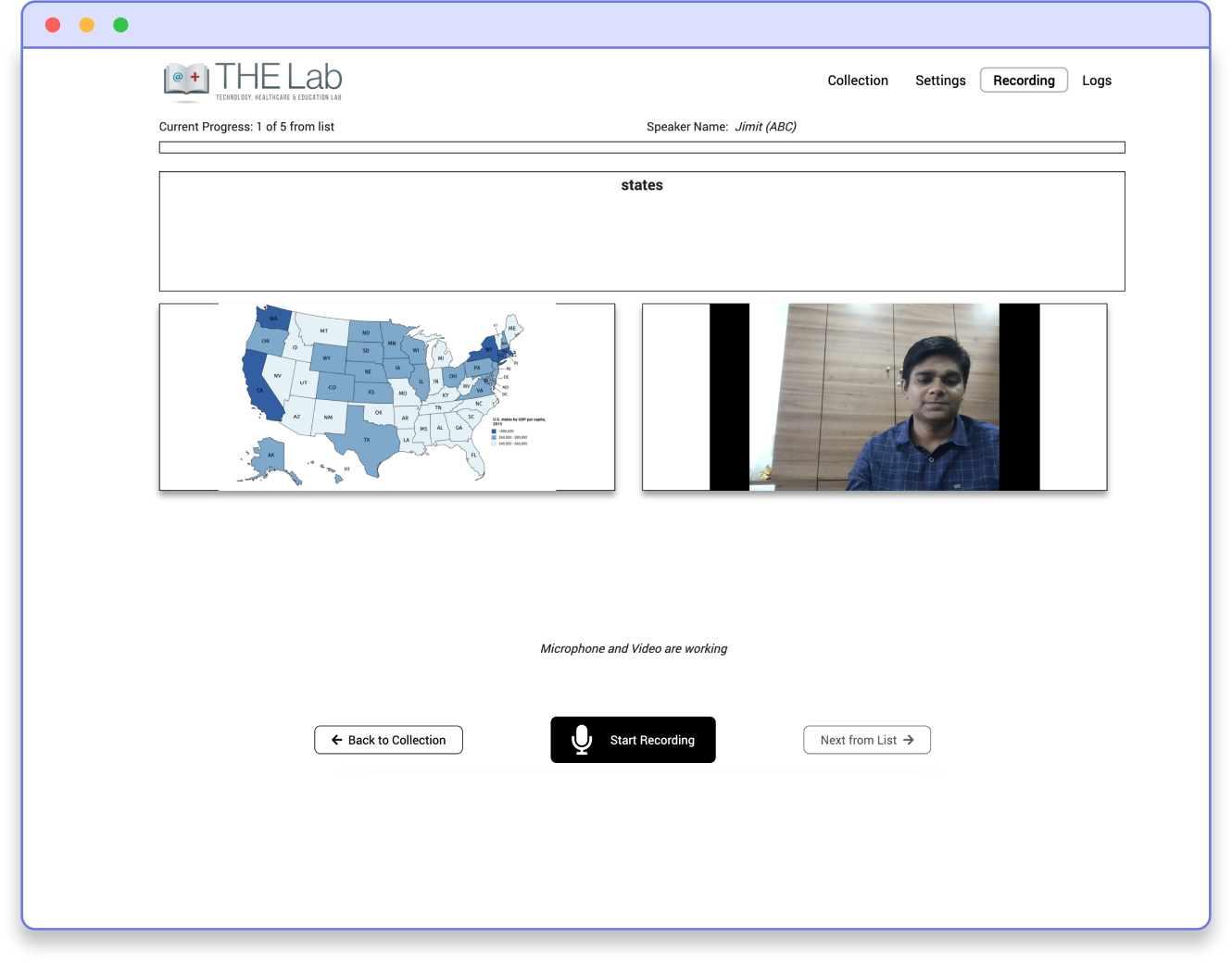UCSD - the University of California San Diego
Hearing aids have significantly overcome the challenges associated with hearing loss, and as a result, it has impeccably benefitted and added value to the lives of people who are living with hearing impairment.
However, still, people with hearing impairment often restrain to get those hearing aids. Audiologists and hearing researchers are extensively trying to uncover this problem as a part of their research work.
In fact, the current proprietary hearing aid market makes it complex for academic researchers to translate their findings into commercial use.
So, with an objective to abridge this gap, RadicalLoop has successfully presented the design and implementation of the OSP Stimulus Acquisition App (OSAP). This desktop software has helped hearing researchers in conducting experiments in their field. It is one the best software for data collection that helps people with hearing aids.
Let’s understand more in detail -:
About OSP Stimulus Acquisition App (OSAP)
The Open Speech Platform (OSP) for hearing aids (HA) includes the real-time hearing aid (RT-MHA). It comes with an embedded web server (EWS) that help webpages in connecting with any browser-enabled device for monitoring and controlling the real-time hearing aid.
It is a cross-platform native desktop app built using React and Javascript. The vendor shall provide packaged binaries for Windows, Mac OSX, and Linux. It is used by hearing aid researchers for data collection. It is a cross-platform native desktop app built using Electron.js.
- It collects information about the person contributing speech content.
- It uses a collection of lists of words/phrases, which may or may not have images.
- It generates a set of audio/video (AV) files consisting of the speaker recording the words.
Such files will be used as stimuli in various hearing aid experiments
This software is designed particularly with a modular and systematic approach with a standardized algorithm implementation.
That’s how it contributes significantly to simplifying user interface development. Although, we assess the performance of OSP by including both - hardware and software, which demonstrate the usefulness through a self-fitting study by extensively involving human participants.
How does OSP Stimulus Acquisition App (OSAP) works?
OSP Stimulus Acquisition App (OSAP) is Desktop Software made with Eletron.js. It popularly supports some of the significant features like –
- Audio Recording
- Video Recording
- Local Database used
- Export data
- Multi-language support
In OSP Stimulus Acquisition App (OSAP), a person has a computer with a microphone and webcam on for recording audio/video stimuli. When he starts the OSAP, he has to “log in” (no password required). He will have to select or log in to a saved profile or create a new one.
Further, he can select a list of words or phrases and/or images from a collection of word/image banks. This OSP Stimulus Acquisition App (OSAP) will present each item in the chosen word/image list one at a time and not whole as one.
For every word or image shown, the person will have to decide to start with the recording. He has complete authority to start the recording on his own, speak to the microphone, and can anytime stop the recording.
The recorded version will be saved in a file with a particular name and a structured directory. He has complete access to that saved recording and can review it automatically at any point in time. He can accordingly decide whether to accept or reject or make another attempt for recording.
Problems Faced
Team Radicalloop has successfully developed this desktop software after considering the conclusion drawn by the researchers. This OSP simulation app needs to be served as a hearing aid and must contribute significantly towards clear recording.
The main challenge was adhering to the interface. With the combined efforts of our team, we successfully worked a smooth system that helps the user to get started with the recording without any additional hassle. Simultaneously, we have focused on maintaining a cleaner user interface with strong backend support for storing and retrieval of the recordings.
Working on the Master Content List Files
Our developer created the Master Content List (MCL) files that include Unicode words, phrases, and images for recording purposes. These files delivered impeccable support for at least 20 languages which have been selected and listed in the
ISO 639-1 standard only.
These MCL files reference the actual image files, which will be stowed with separate directories that particularly correspond with MCL files.
However, the developer does not have to provide any additional image files, as it shall be limited to Creative Commons (CC) 0 to 4.0 licensing and must abide by attribution guidelines.
The Development Phase of the OSP Stimulus Acquisition App (OSAP)
The development and evaluation of algorithms for digital signal processing in hearing aids include several stages.
It all starts from the first implementation of the algorithmic idea, followed by evaluating the technical know-how, then subjective corners with patients for field tests, expert groups, and more. Several Modern hearing instruments contain logging technology for recording information consequently.
During the development process, the developer created rules, parameters, and APIs for determining how input files will be used for successfully generating compliant output files.
Different file formats were conditioned for categorizing the recordings. For instance, the format for Audio Files is decided at .wav, or .mp3/.flac, for Video Files, it is .mp4, for Text Files, it is .txt, for Log Files it is .log and lastly for JSON Files, it is .json.
wav and .mp4 were popularly used due to wider browser compatibility and support. While developing this desktop software, the developers decided and proposed alternative file formats and were given flexibility for converting easily by external tools.
The Naming Schemes for Recorded Files
Our developer incorporated different types of codes to make a 10-character file naming scheme for the audio, video, and text files. The file naming scheme shall be LLUUUSSS_VV.[wav|.mp4|.txt]. Any deviation from the 10-character file name would not be accepted by the system.
The Solution
With immense efforts and persistence, RadicalLoop has successfully satisfied the client with its powerful and detailed wireframe and selection of UI components making a step towards smooth user interaction.
From including the consent form in a standard layout to making users follow a sequential process in completing the information in every section, we have elated our client with easy navigation and outstanding design.
The Final Words
The demand for desktop software is increasing significantly in various industrial verticals. From running multiple instances in parallel to becoming a vital element for the computer’s proper functioning, desktop software has come far way long.
Are you planning to develop desktop software for your business? Feel free to call RadicalLoop now!
